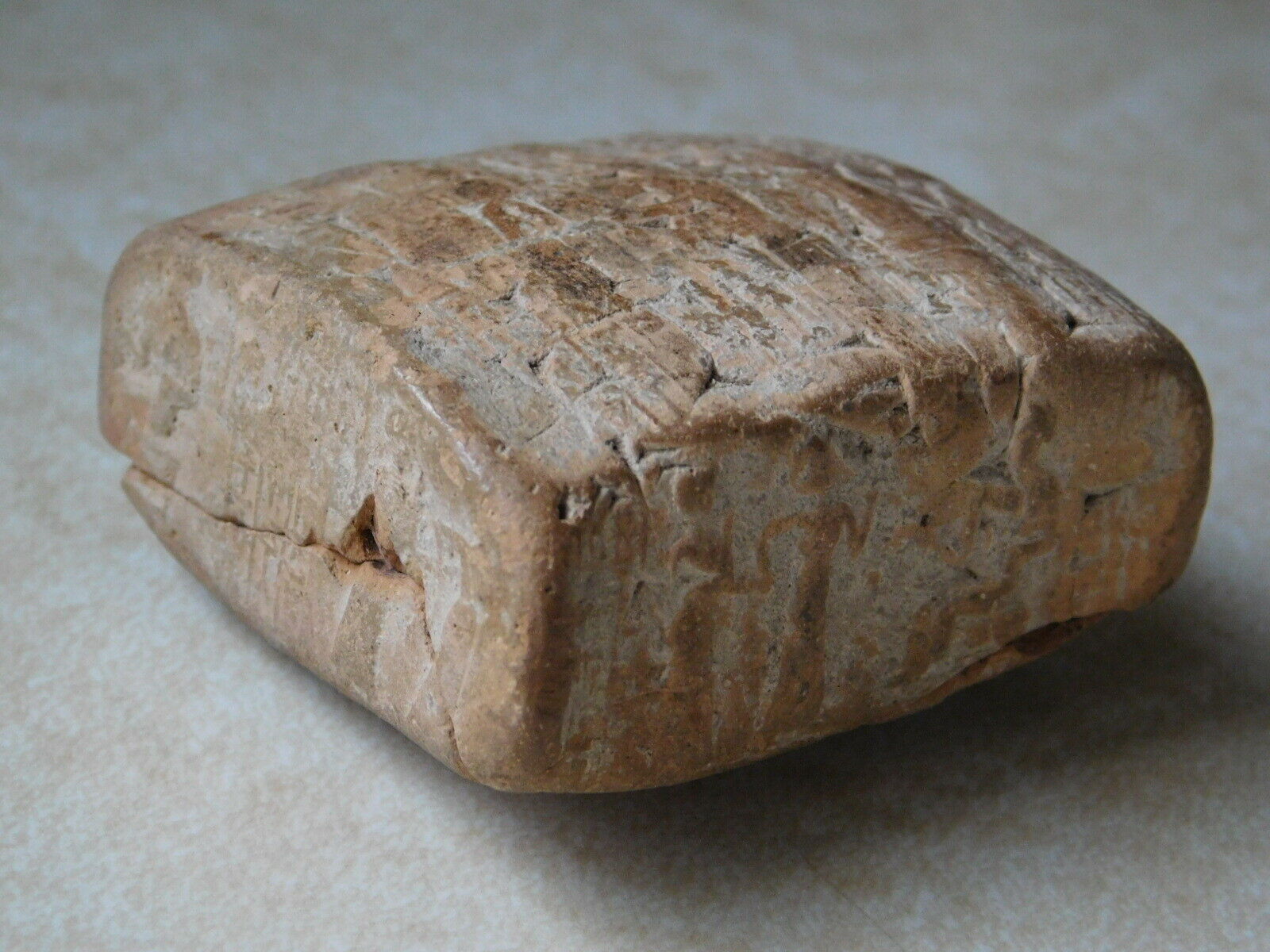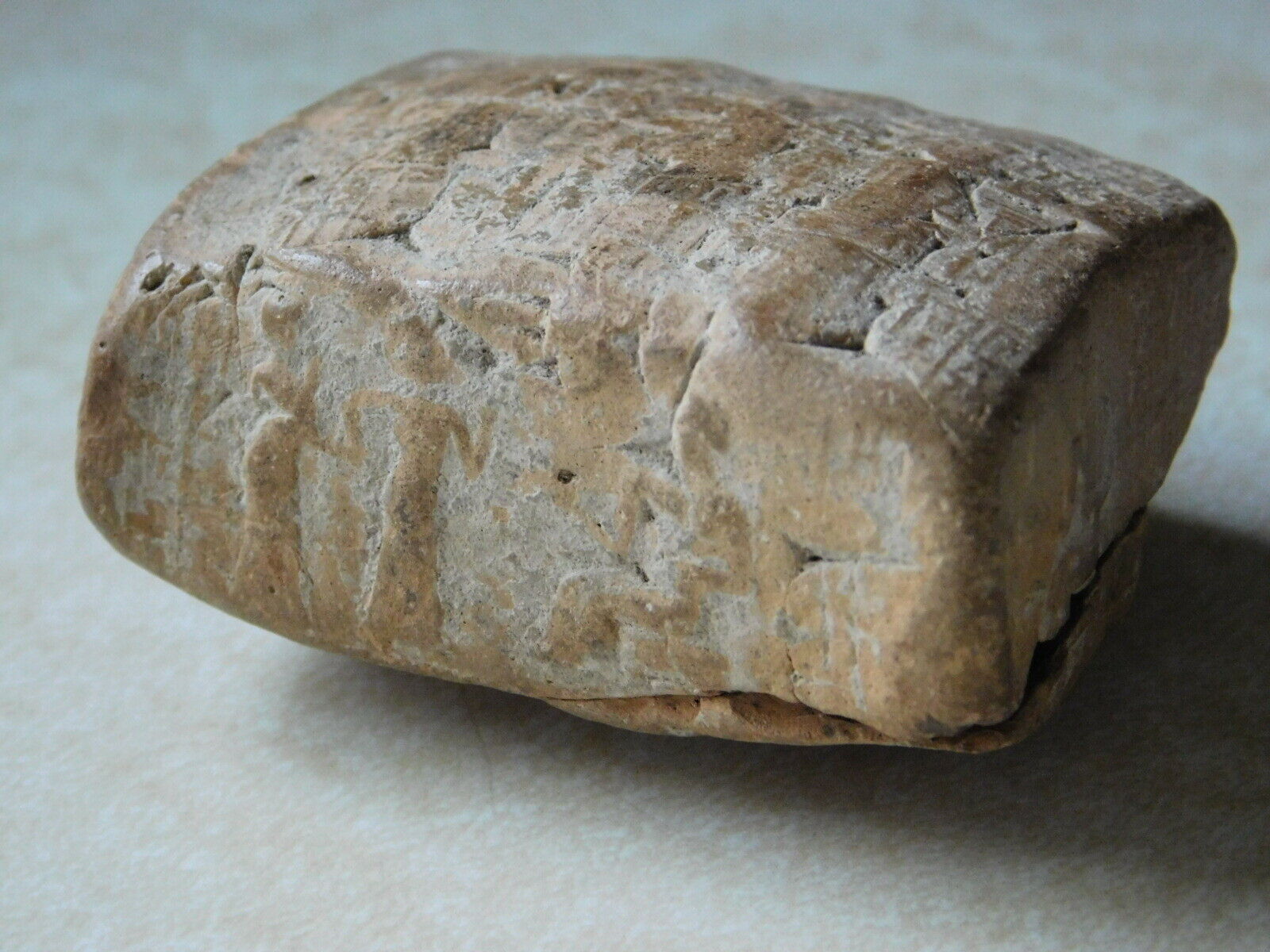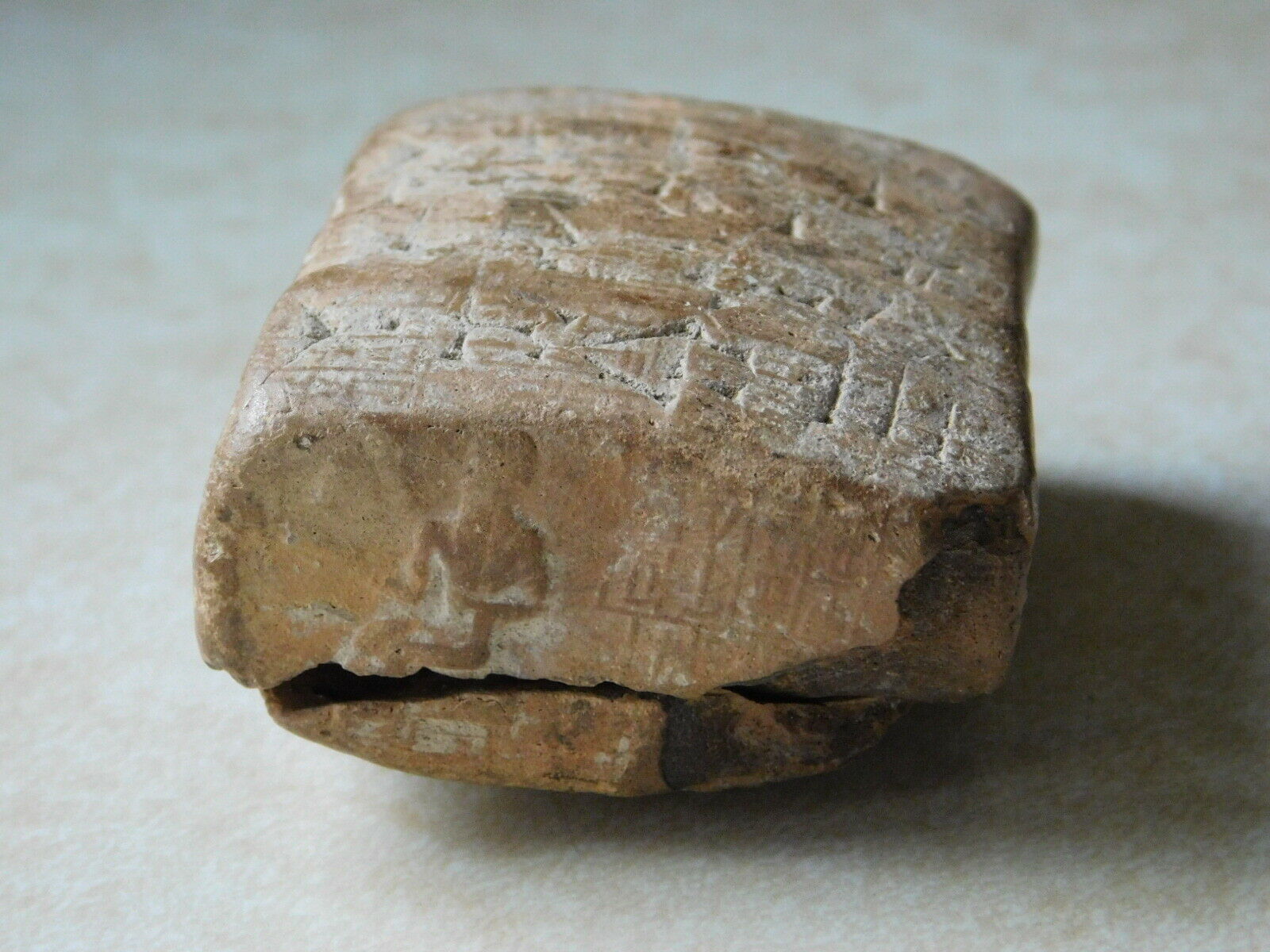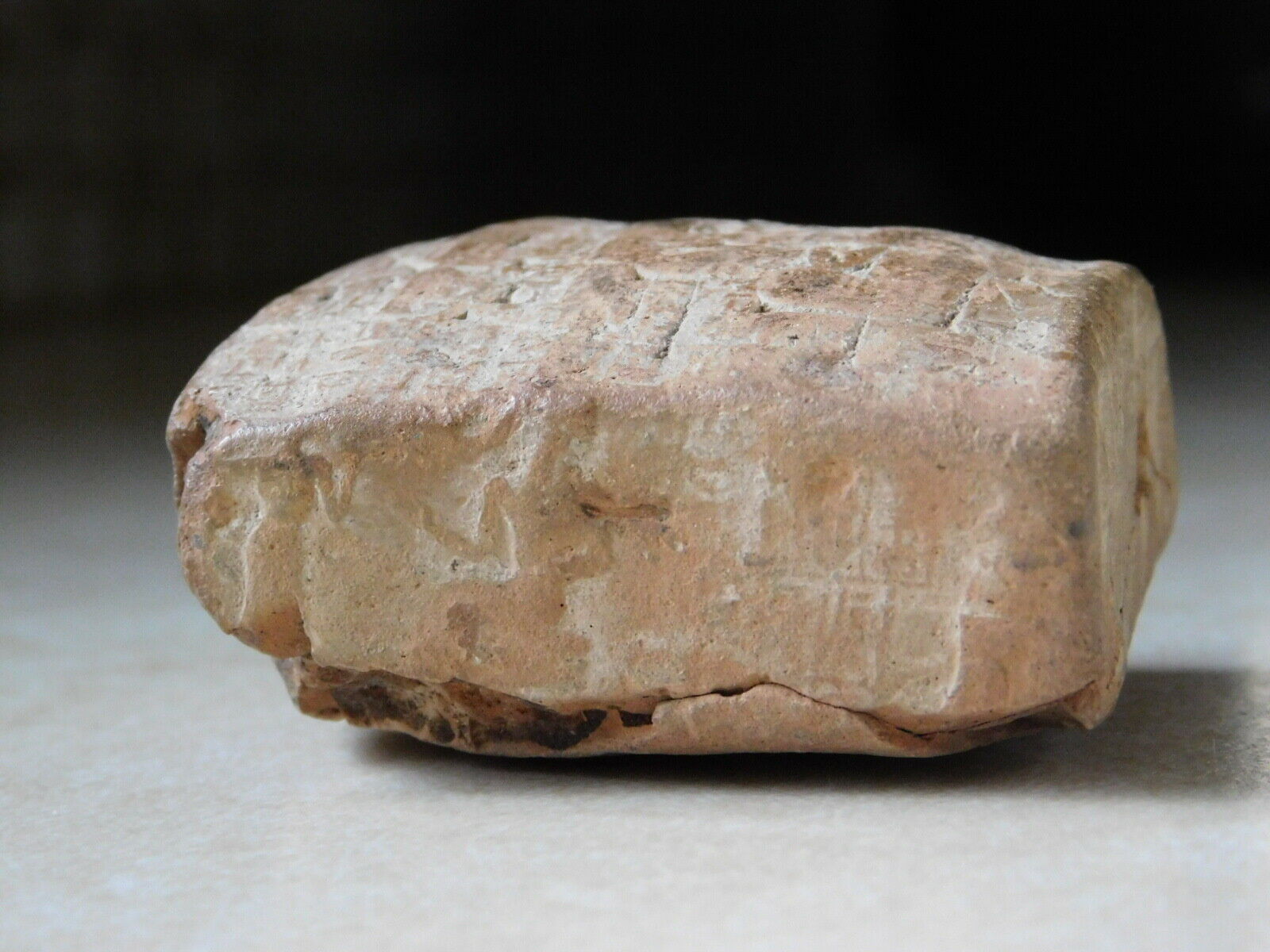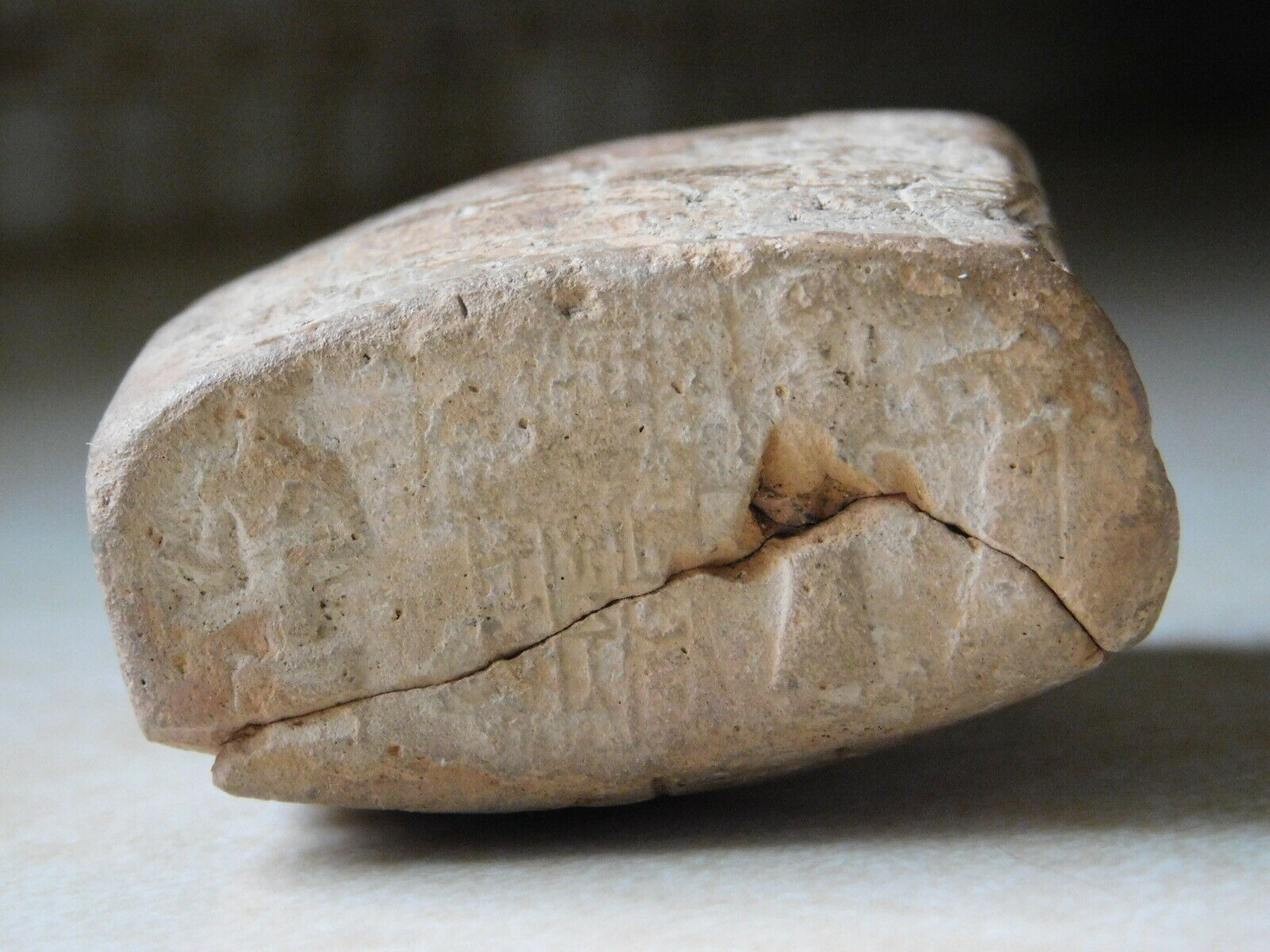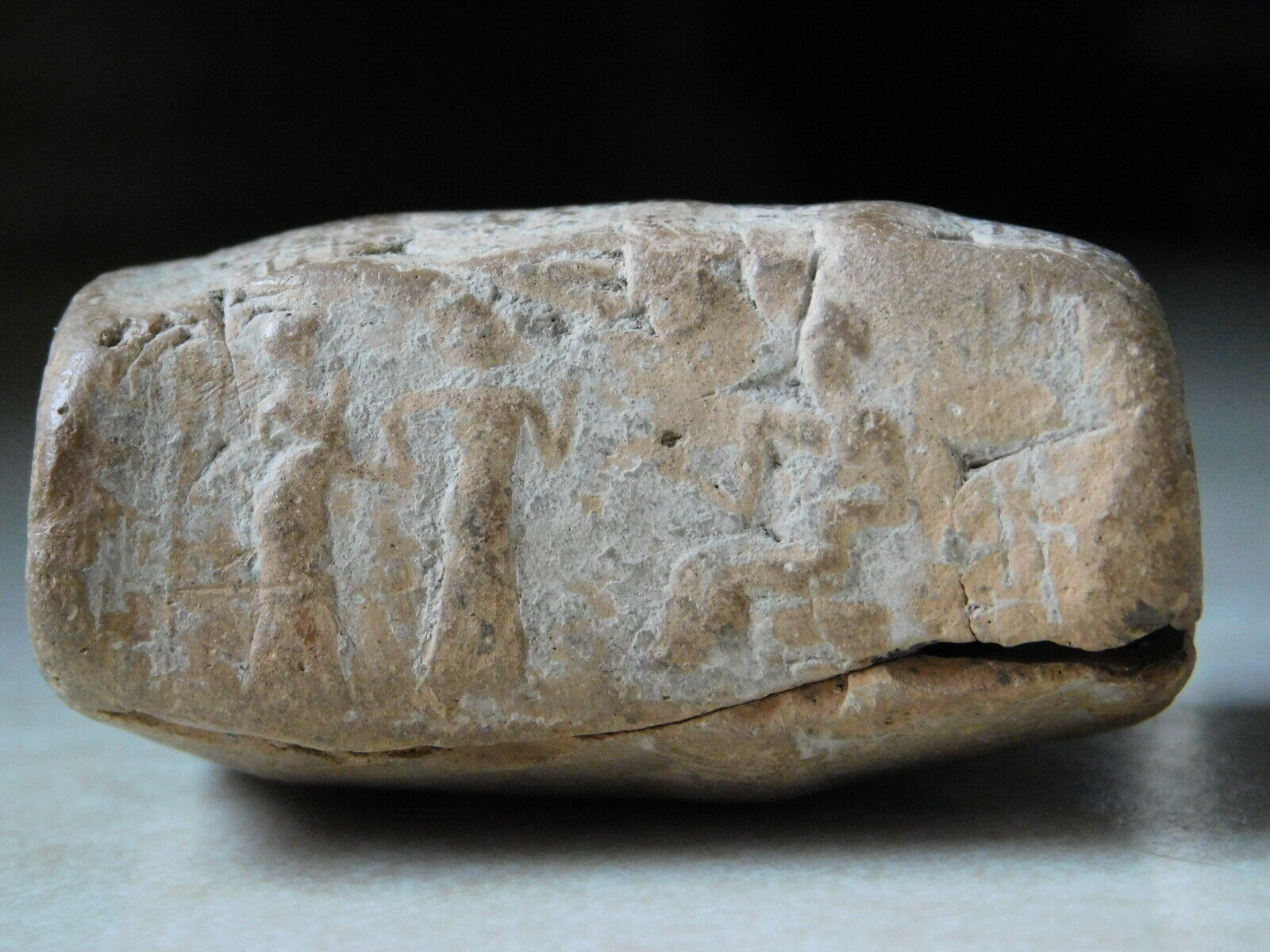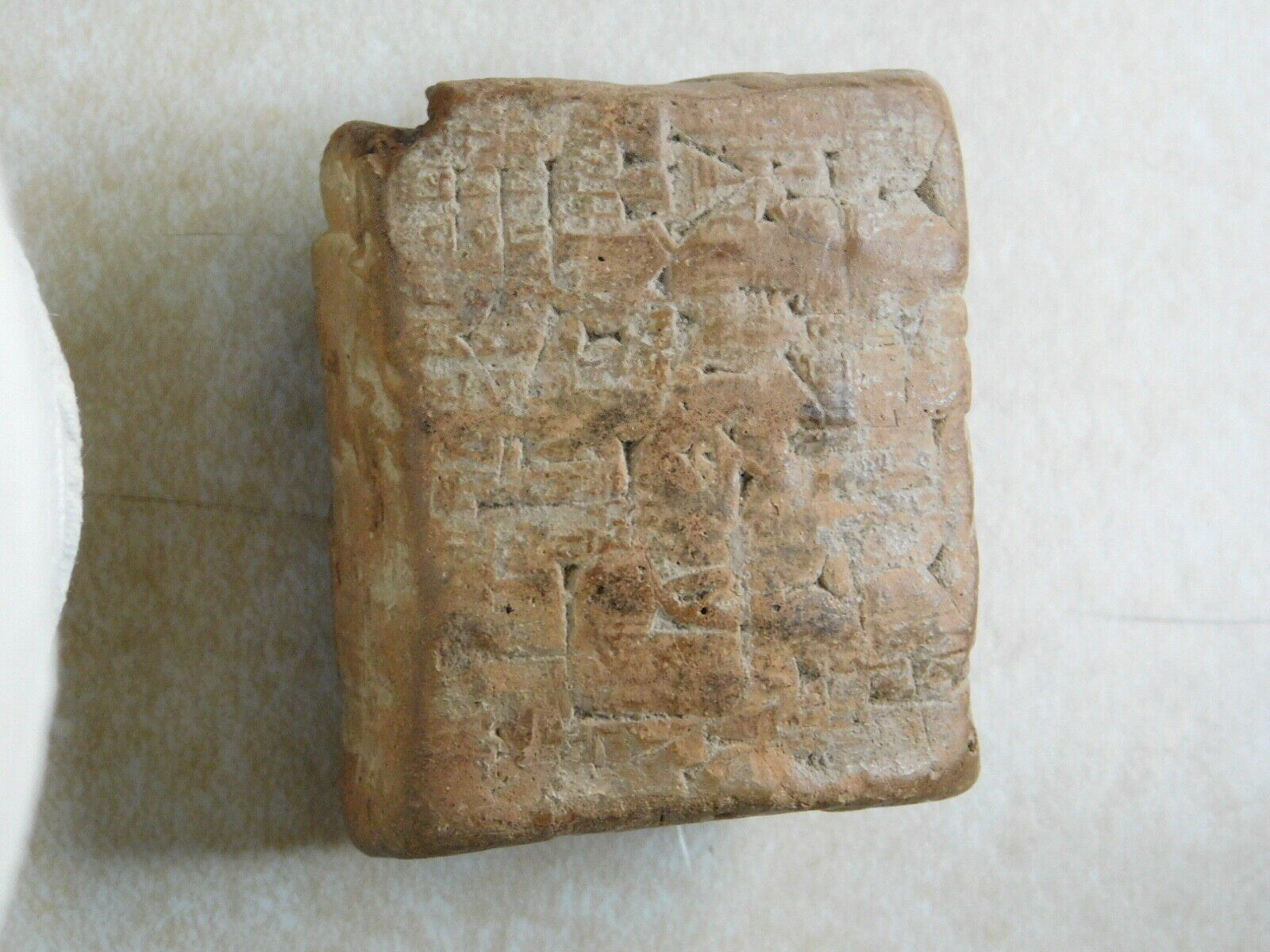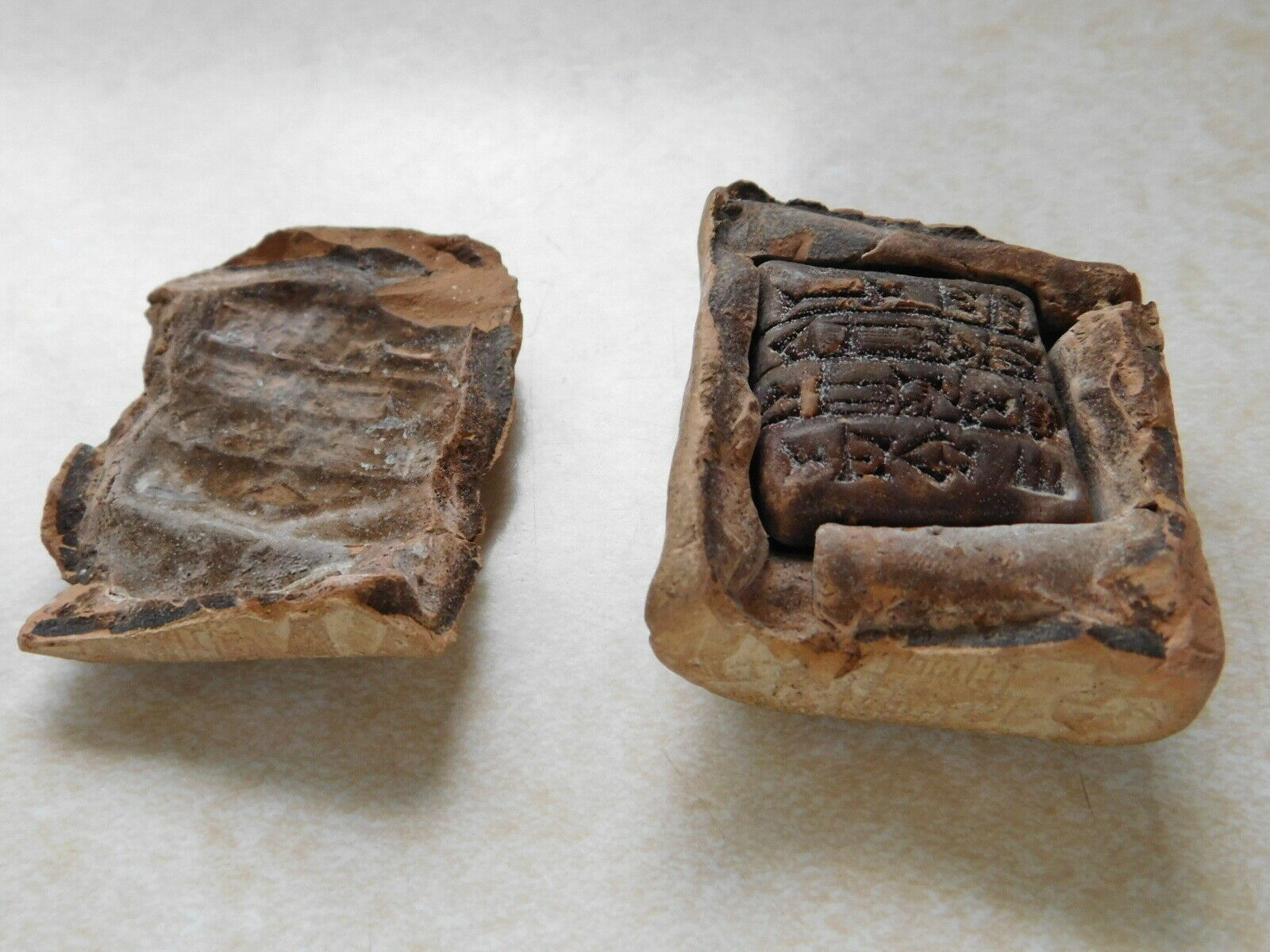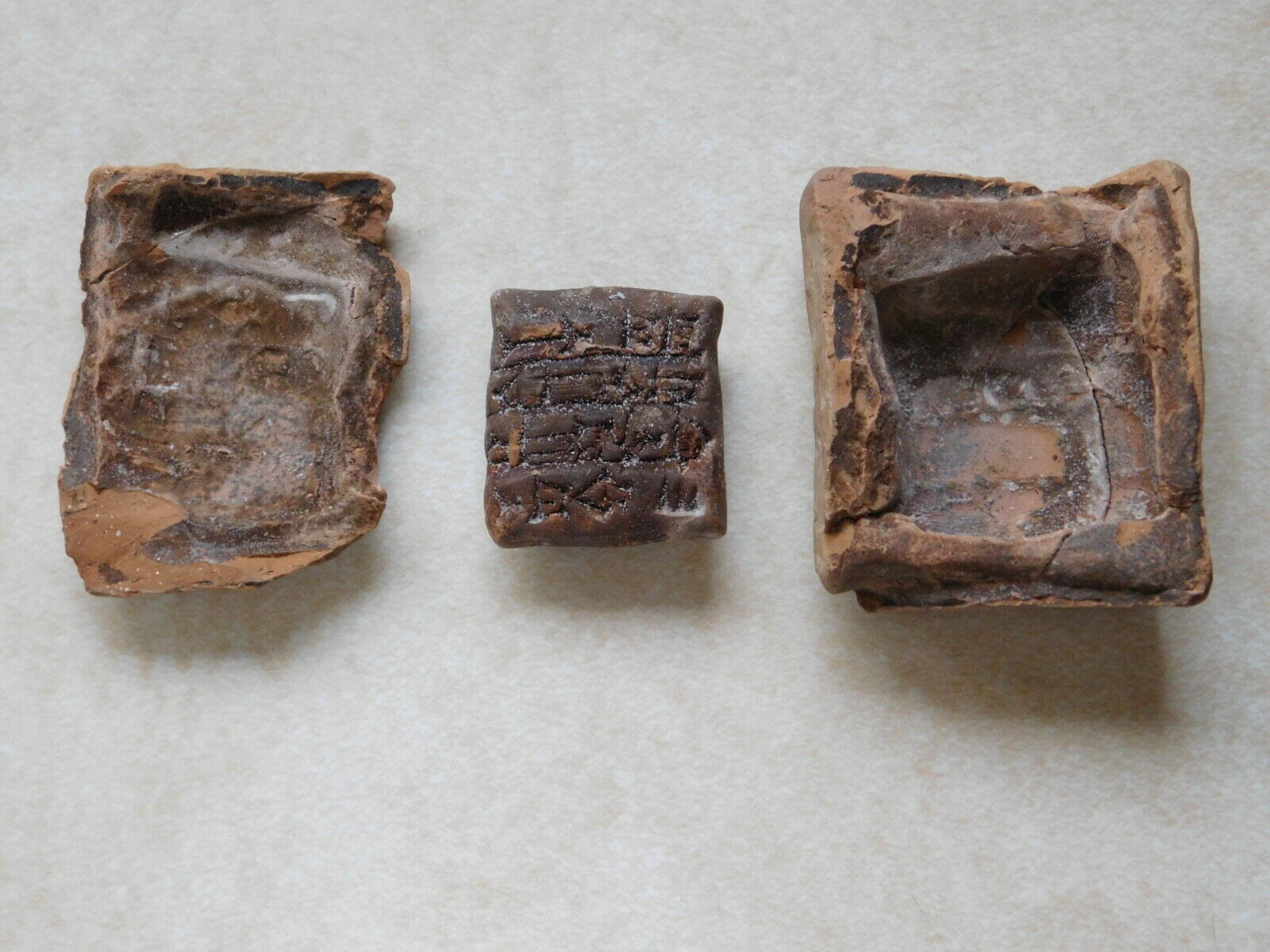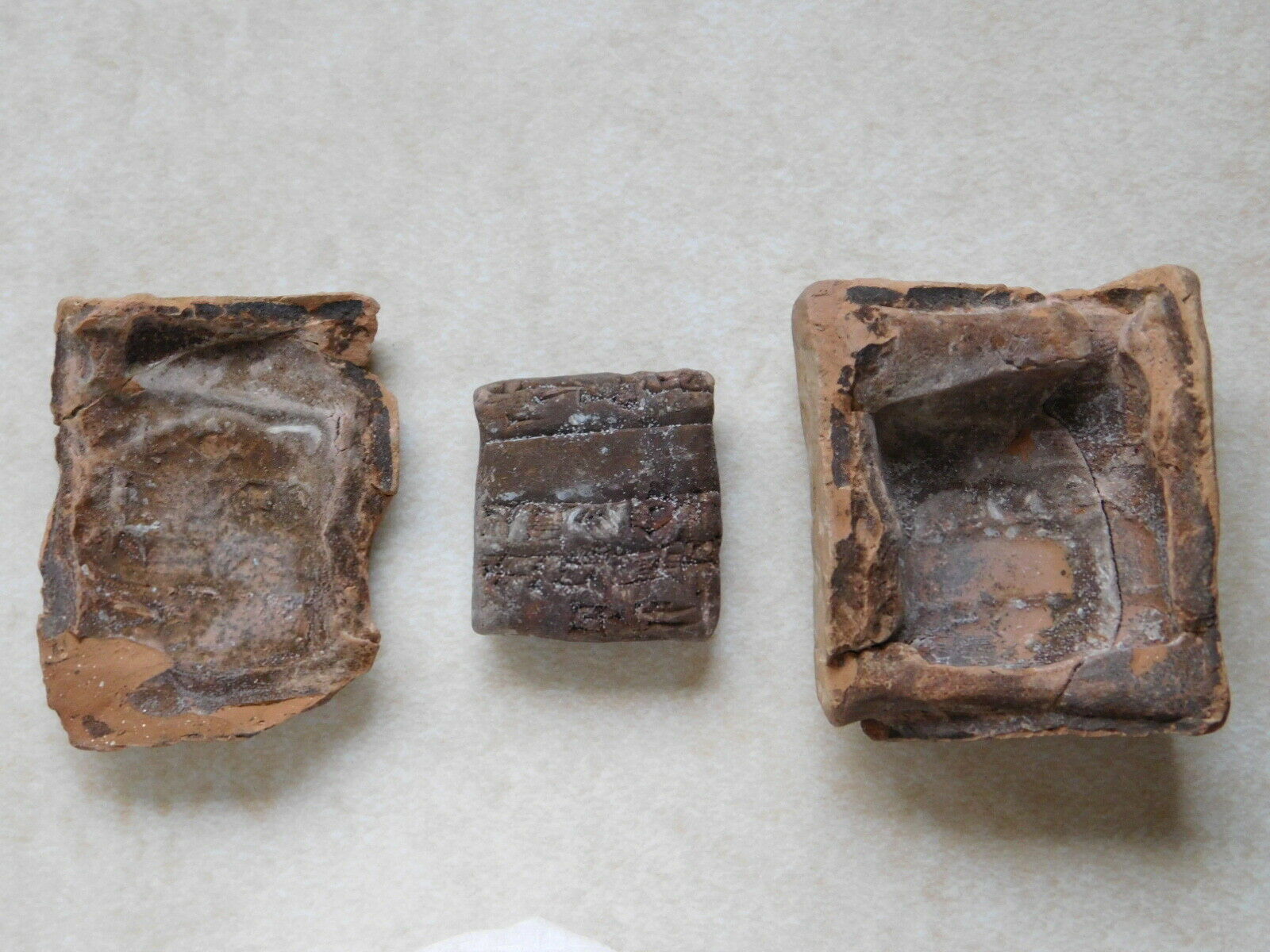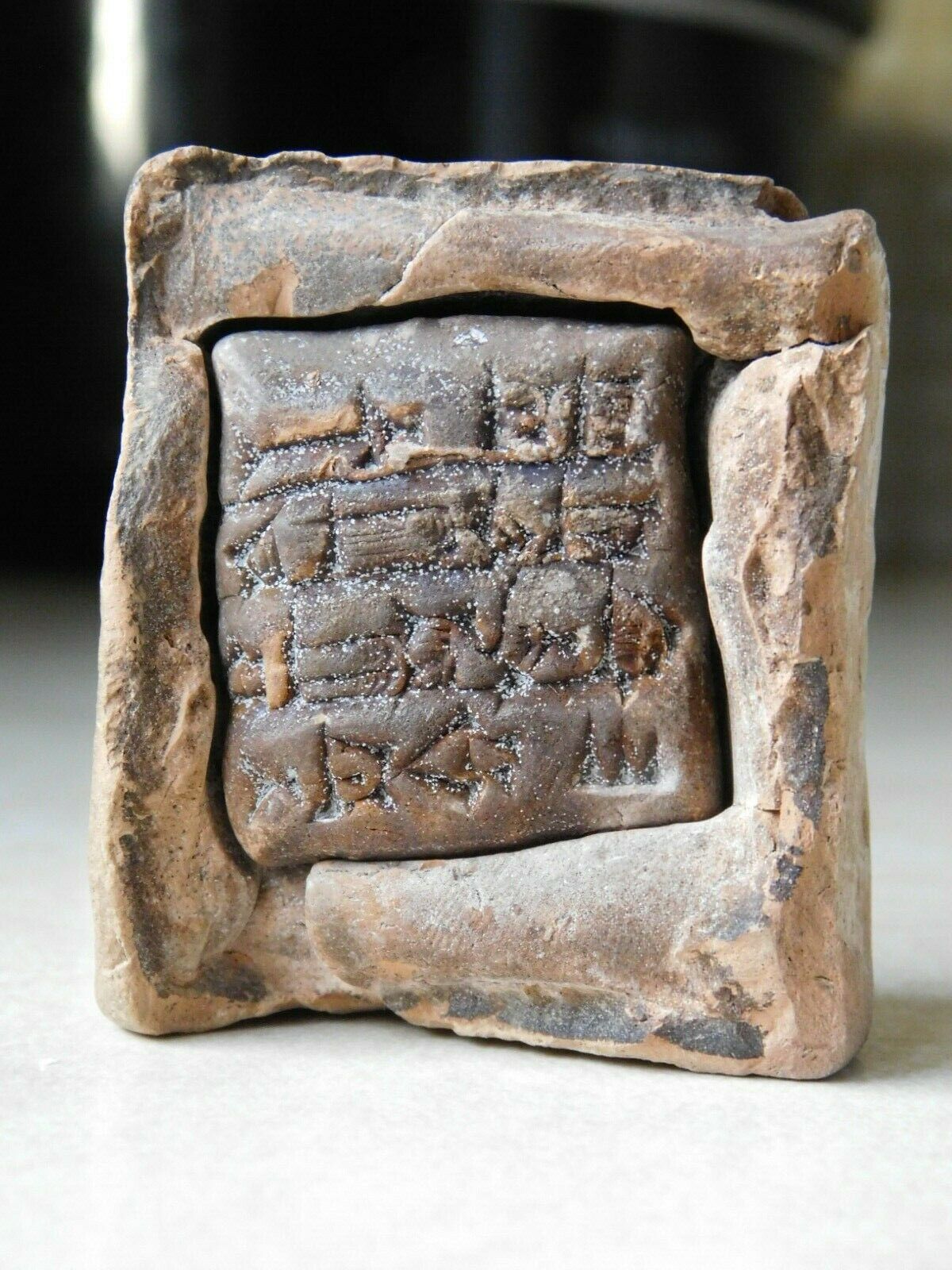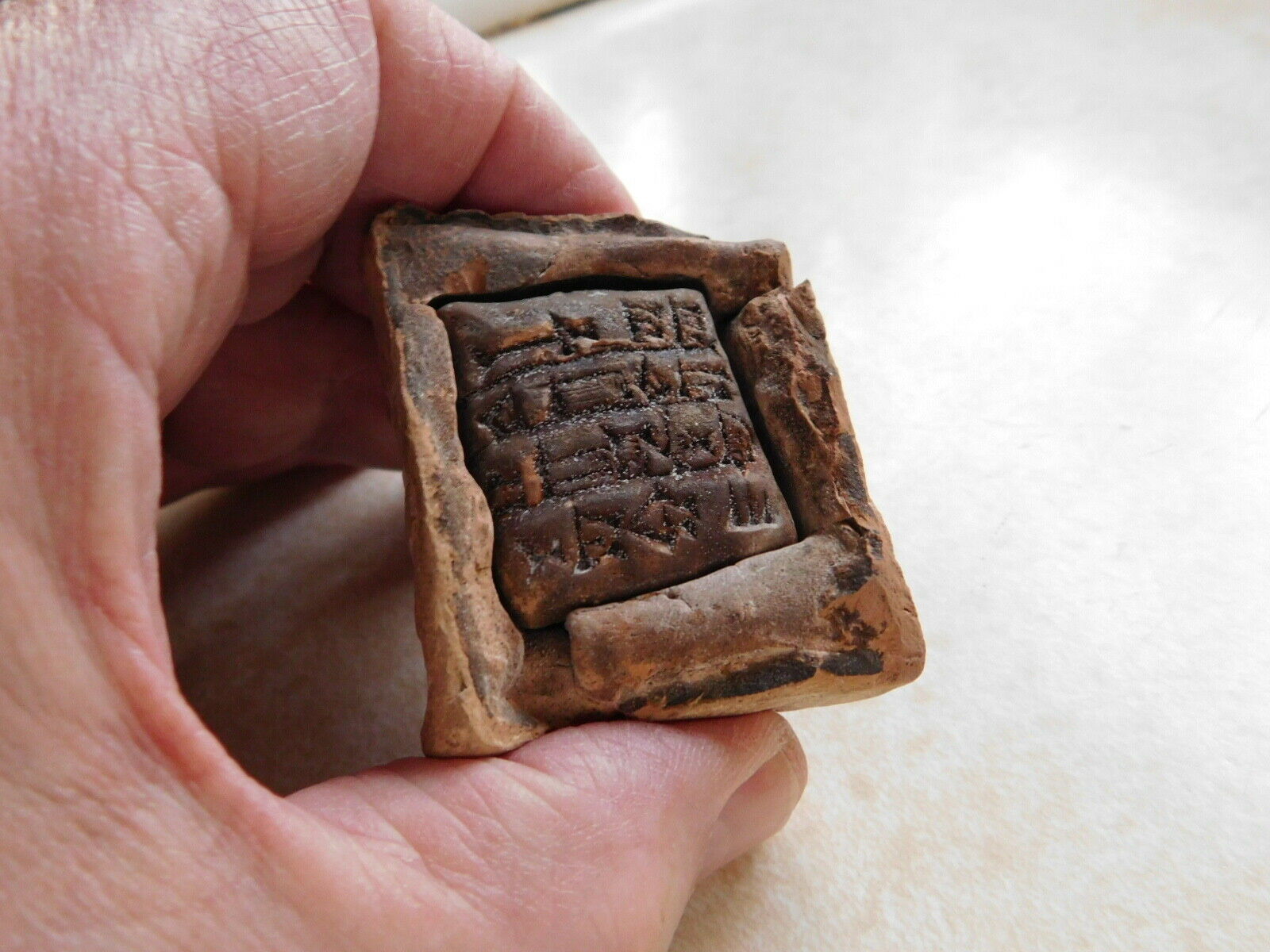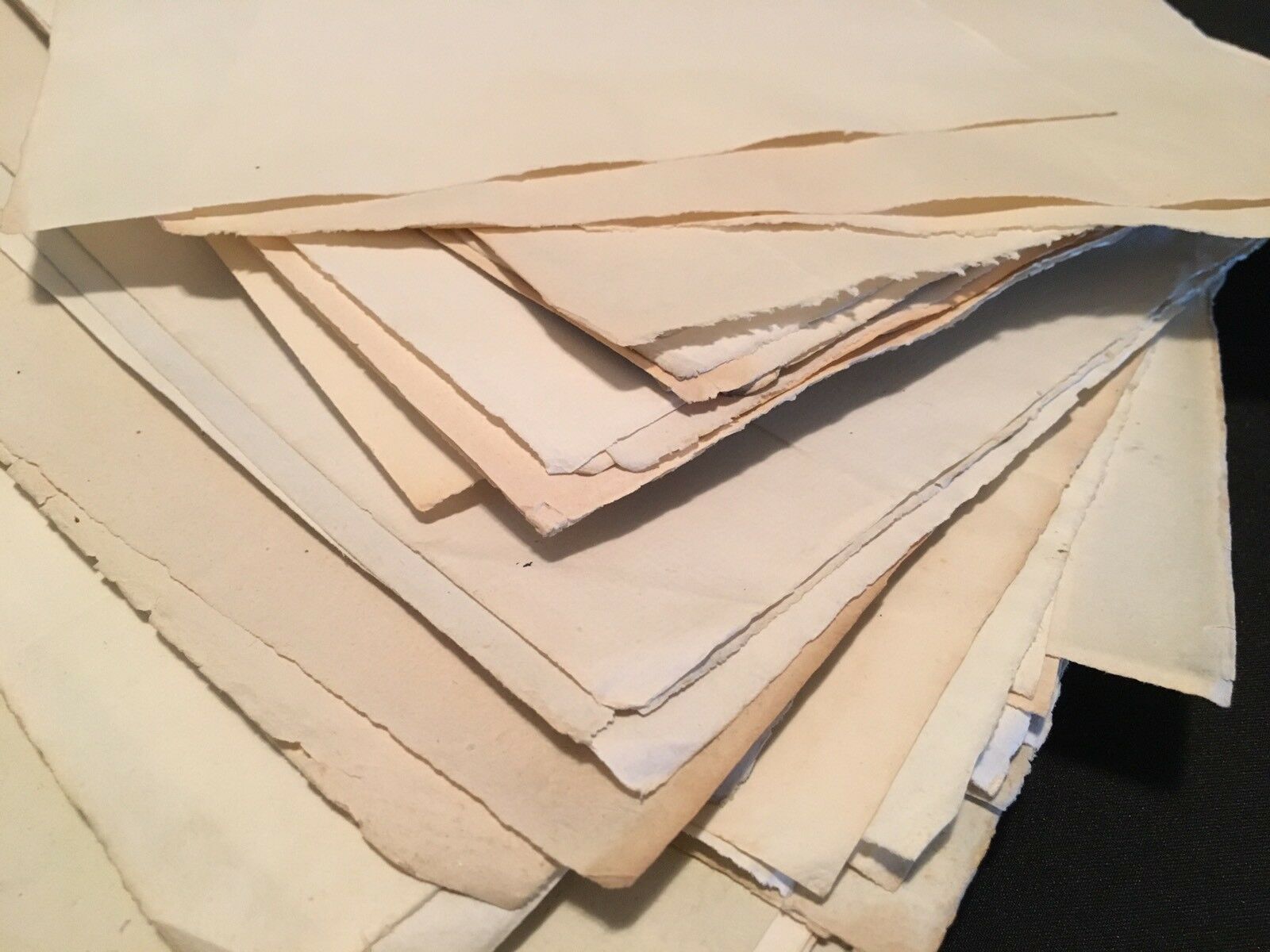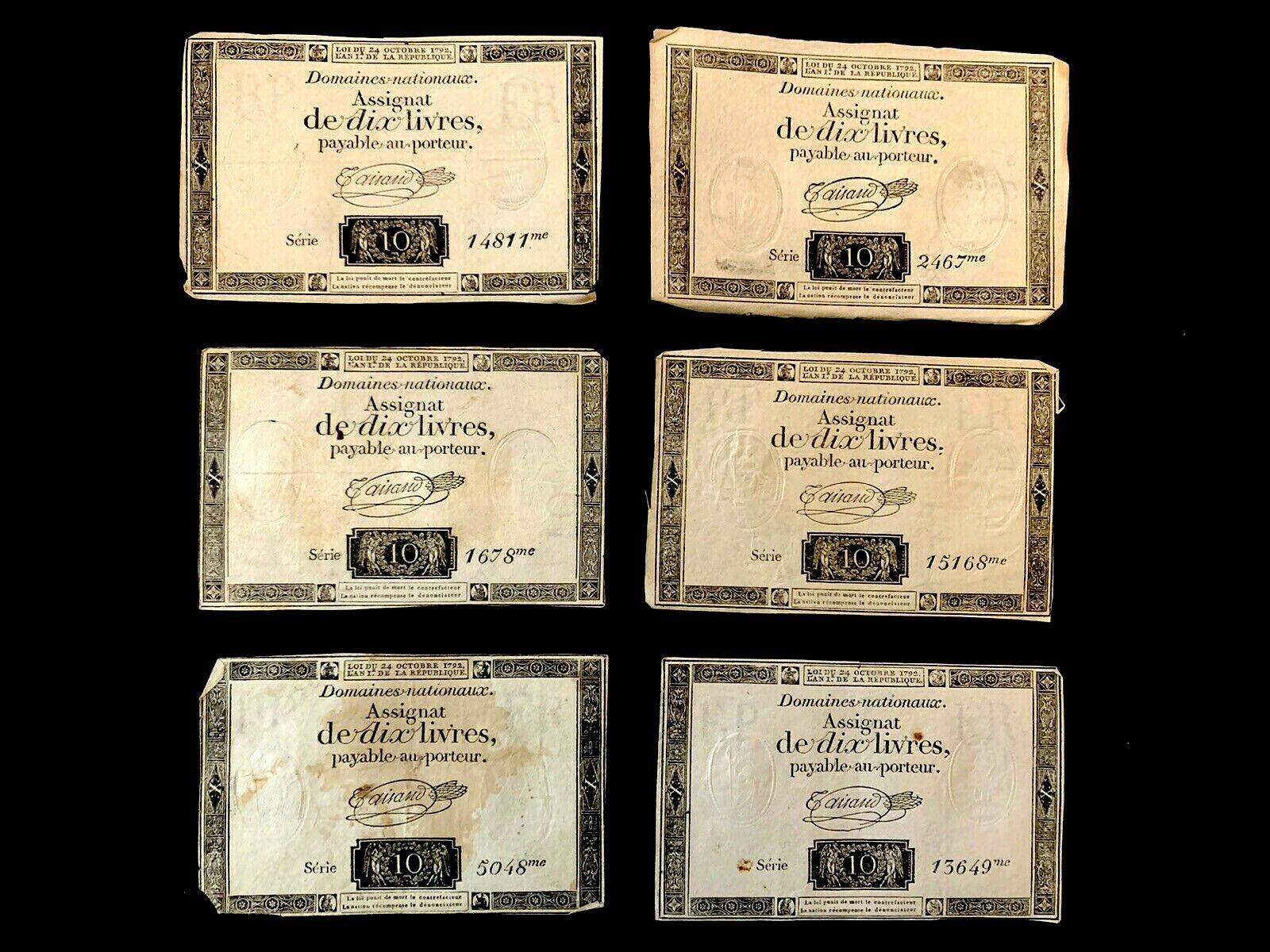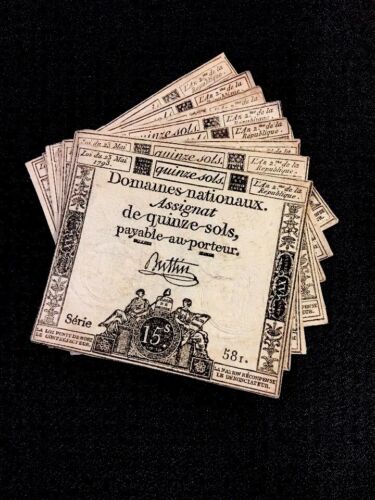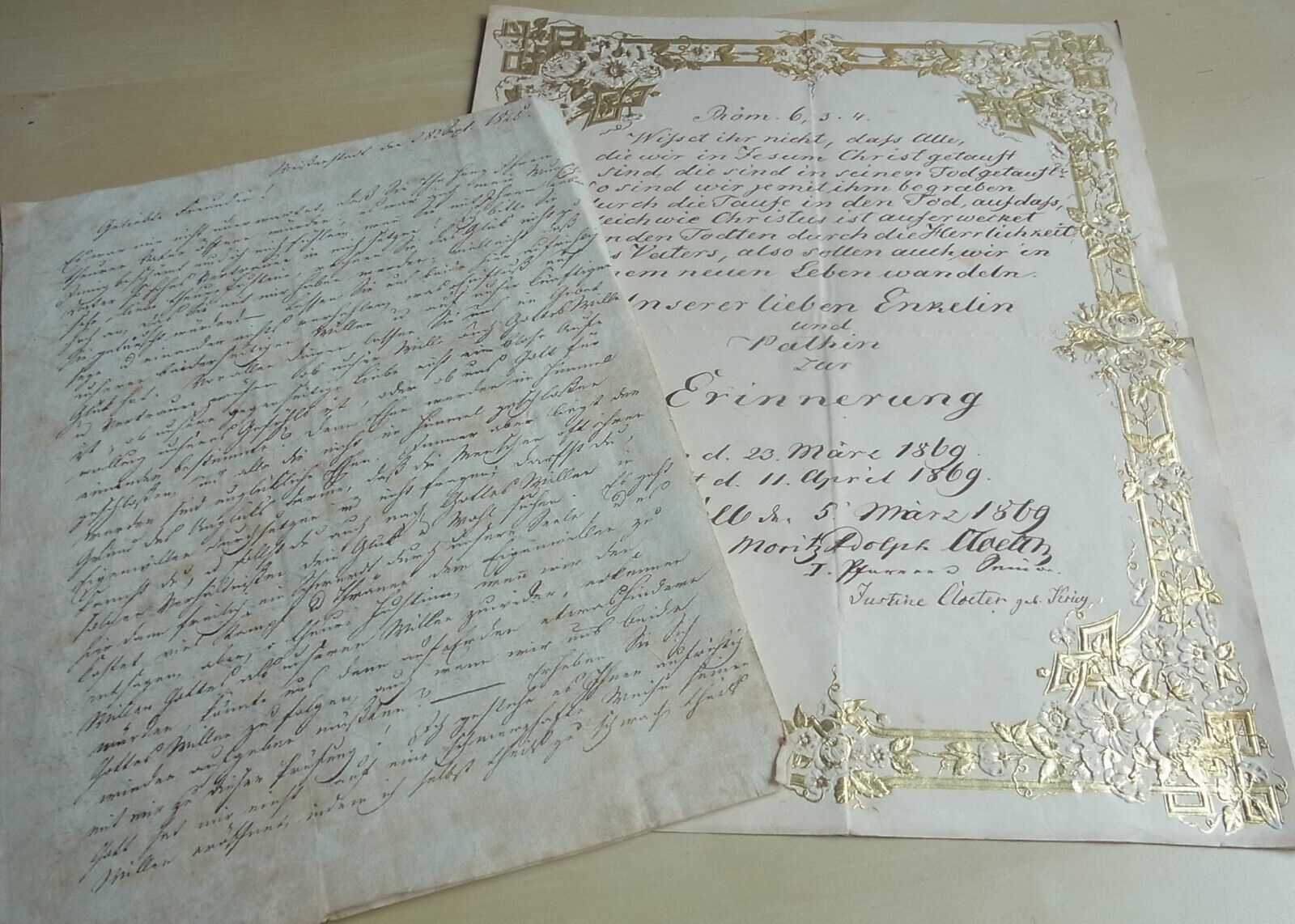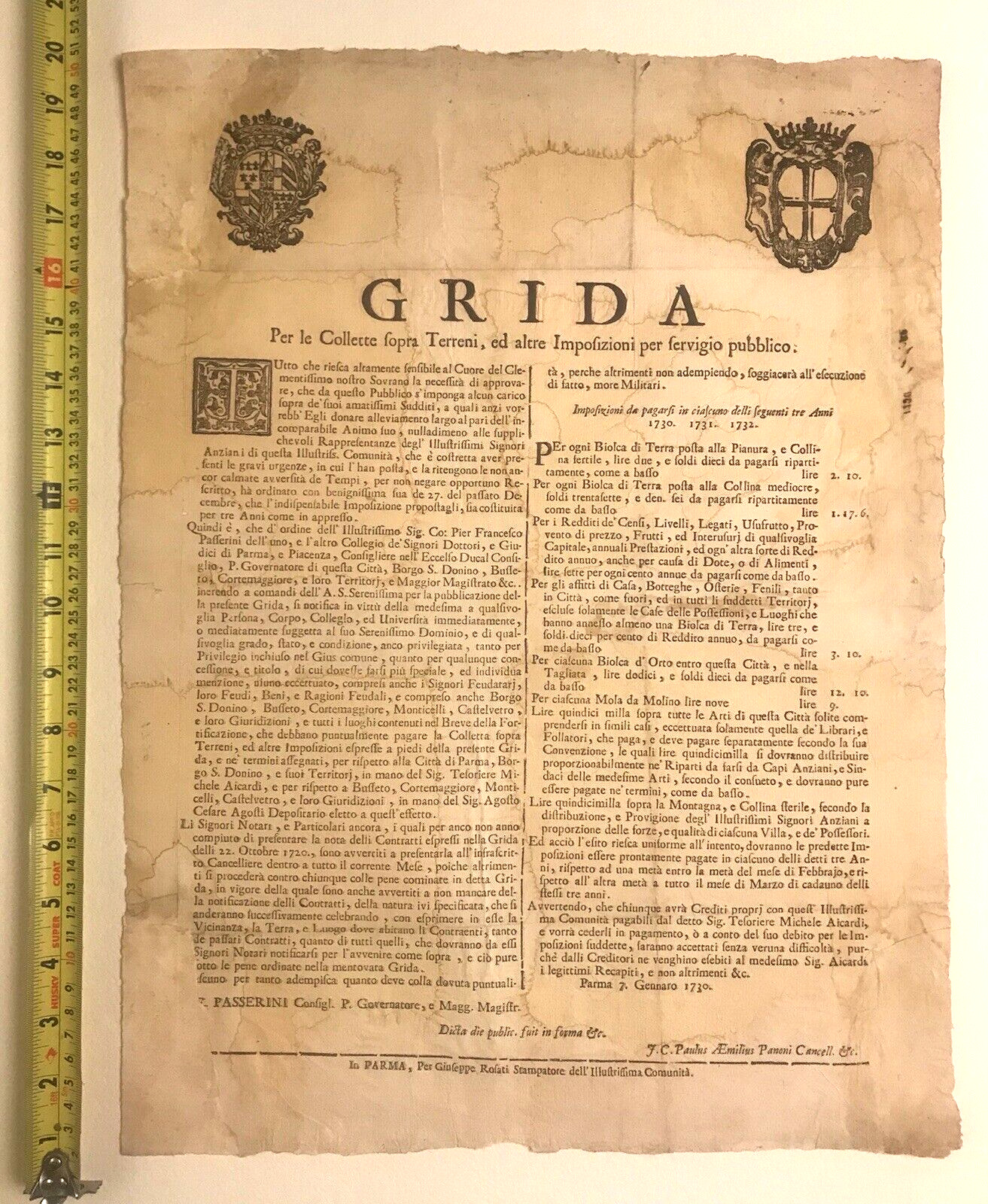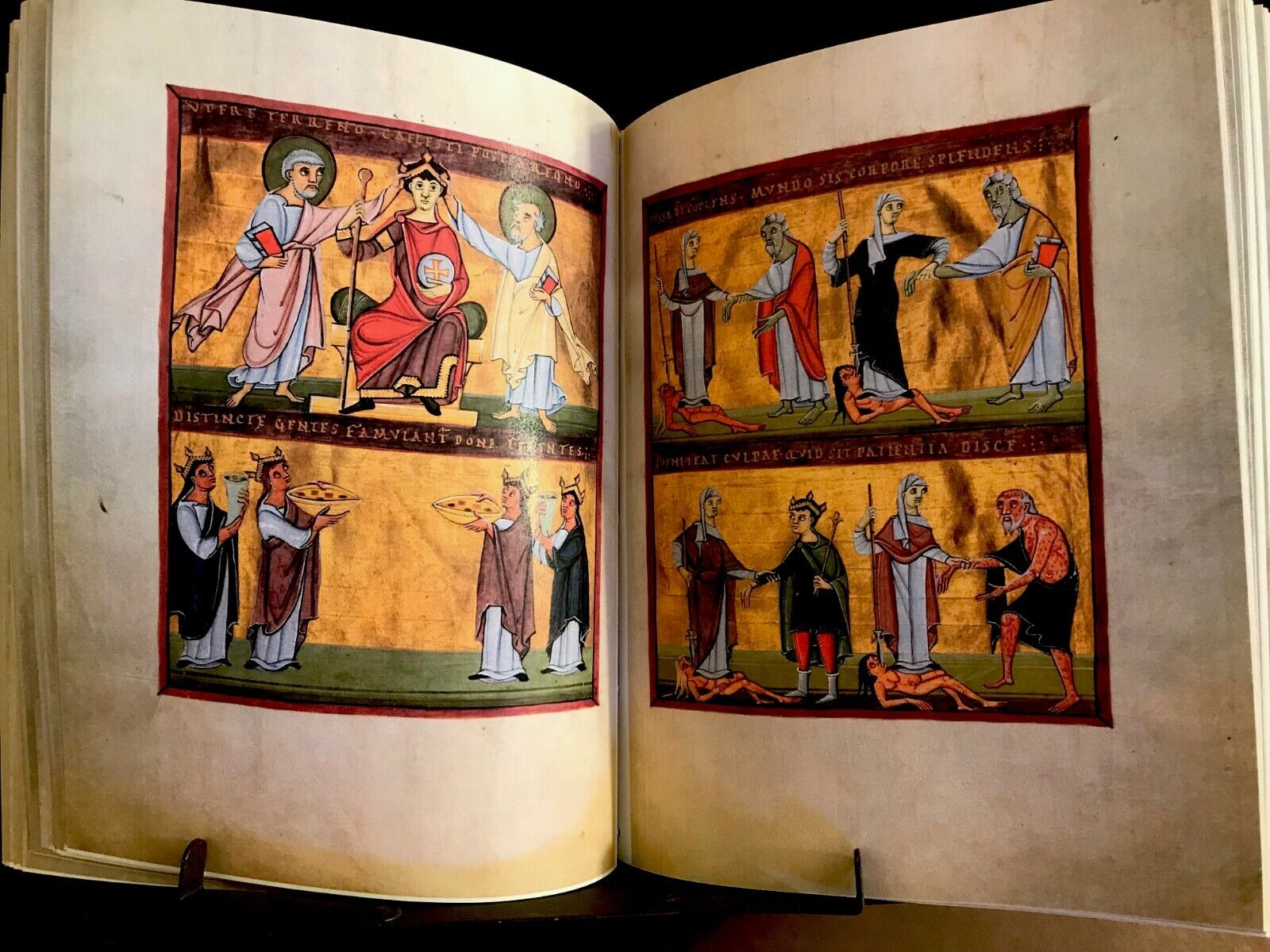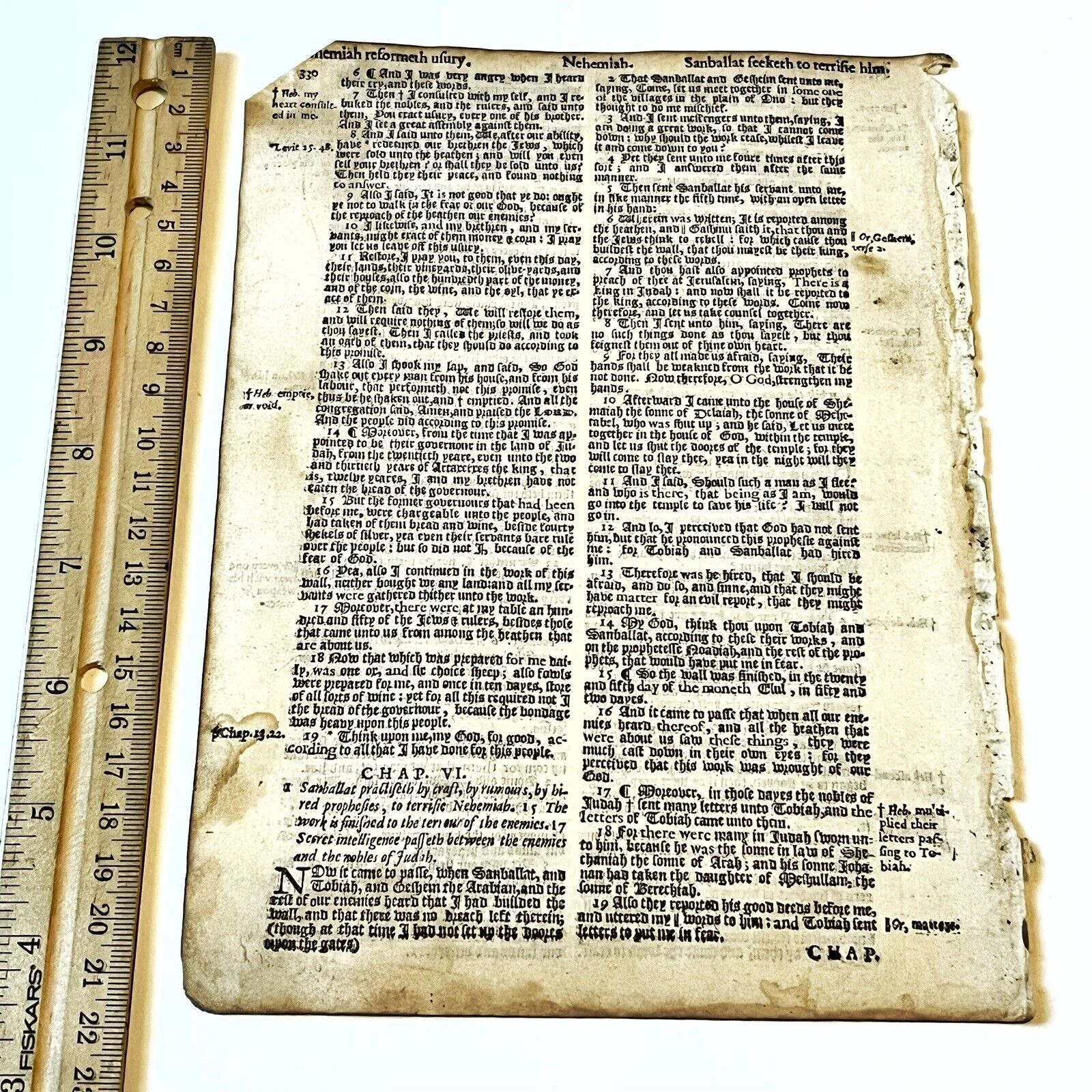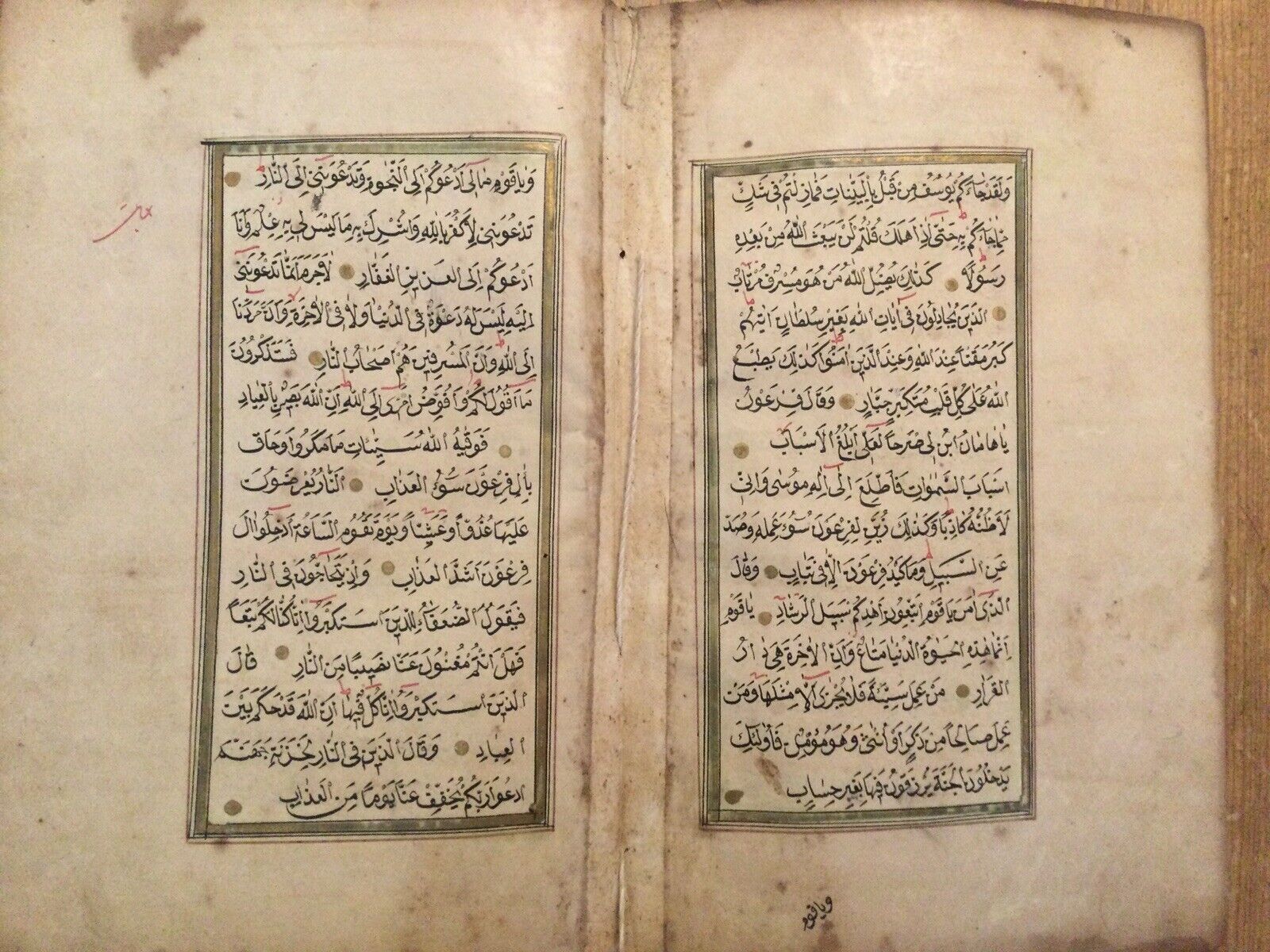-40%
Ancient Tablet in Clay Envelope, C. 2000 B.C. Time of Abraham
$ 3960
- Description
- Size Guide
Description
Sumerian Cuneiform Tablet in Clay Envelope, Circa 2000 B.C.Provenance: Private Connecticut collection (name available upon request) - Acquired in Geneva, Switzerland 1960s.
Dimensions: Overall the piece measures roughly 2 1/8" x 1 3/4" x 1 1/8" while the tablet inside measures roughly 1 1/4" x 1 1/8" x 1/2".
Medium
Clay
Origin
Eastern Mediterranean
On this example, a seal was used to roll four sides of the envelope showing human figures standing in front of an enthroned king with text behind him.
Sumerian cuneiform is one of the earliest known forms of written expression. First appearing in the 4th millennium BC in what is now Iraq, it was dubbed cuneiform (‘wedge-shaped’) because of the distinctive wedge form of the letters, created by pressing a reed stylus into wet clay. Early Sumerian writings were essentially pictograms, which became simplified in the early and mid-3rd millennium B.C. to a series of strokes, along with a commensurate reduction in the number of discrete signs used (from c. 1500 to 600 B.C.). The script system had an exceptionally long life and was used by the Sumerians as well as numerous later groups – notably the Assyrians, Elamites, Akkadians and Hittites – for around three thousand years. Certain signs and phonetic standards live on in modern languages of the Middle and Far East, but the writing system is essentially extinct. It was therefore cause for great excitement when the ‘code’ of ancient cuneiform was cracked by a group of English, French and German Assyriologists and philologists in the mid-19th century A.D. This opened a vital source of information about these ancient groups that could not have been obtained in any other way. Cuneiform was used on monuments dedicated to heroic – and usually royal – individuals, but perhaps its most important function was that of record keeping. The palace-based society at Ur and other large urban centers was accompanied by a remarkably complex and multifaceted bureaucracy, which was run by professional administrators and a priestly class, all of whom were answerable to central court control. Most of what we know about the way the culture was run and administered comes from cuneiform tablets, which record the everyday running of the temple and palace complexes in minute detail.
The purpose of these envelope tablets was security. The document was written in duplicate: once on the tablet, once on the enclosing envelope. So, for the practical purposes the document could be read from the envelope, but if any dispute arose, the document inside would be binding. The envelope would be put around the inner document when the clay of both was fresh and soft, and as they dried out, both would shrink a little. But if someone tried to put another envelope on a tablet which had been extracted from its original envelope, then the new envelope would chip off as it dried. No doubt something was used to prevent the two from sticking together as they originally dried, but we do not know what it was.
